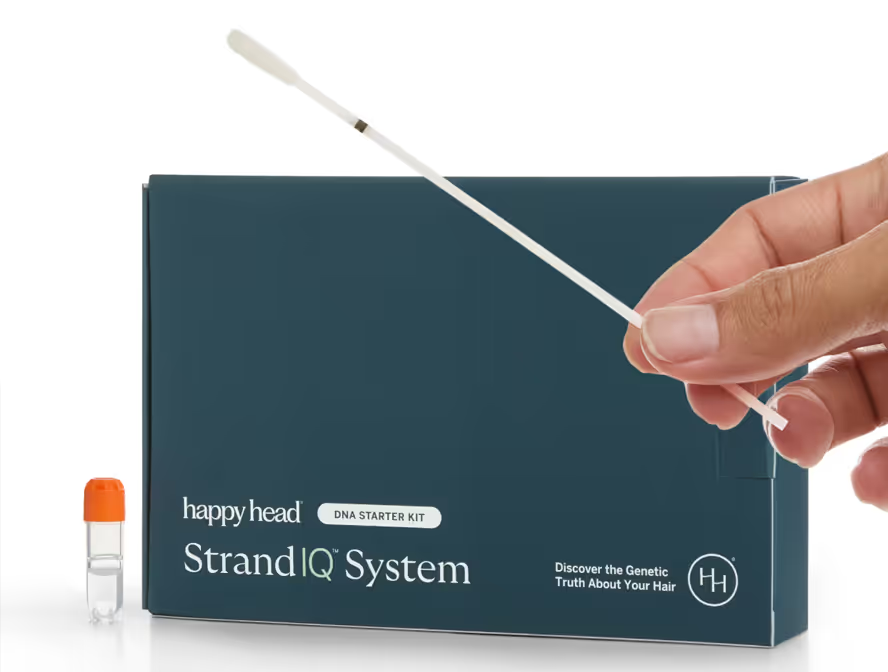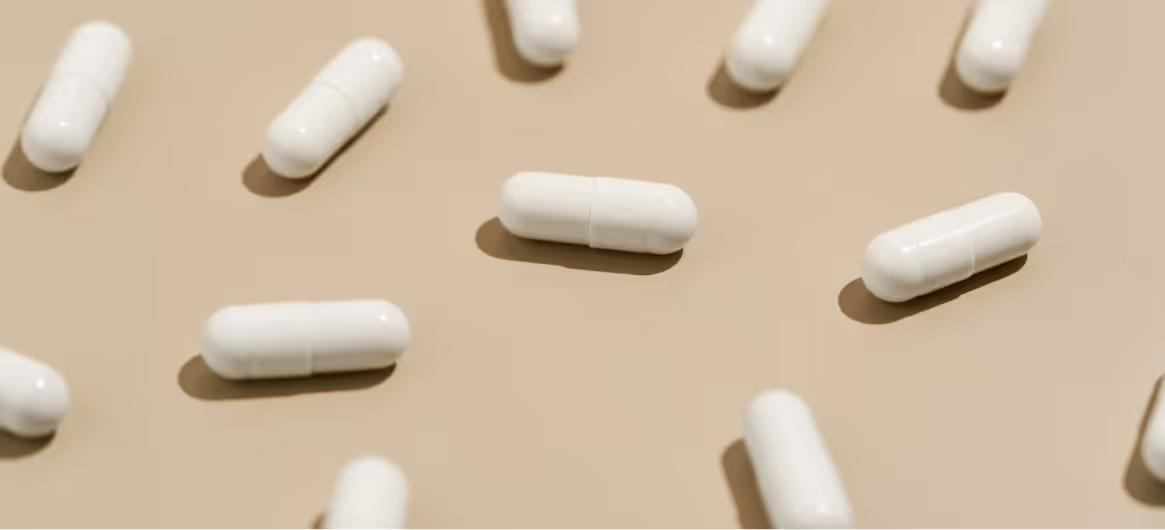If your scalp feels oily just a day after washing—or your hair falls flat by midday—your body might be producing too much sebum. Sebum is a natural oil that protects your skin and hair, but when production spikes, it can lead to greasy roots, clogged pores, and even contribute to dandruff or acne.
One of the key drivers of this overproduction? Your genetics.
How Dihydrotestosterone Affects Sebum Production
The primary hormonal player behind excess sebum is dihydrotestosterone (DHT), a byproduct of testosterone. While DHT is essential for many bodily functions, elevated levels can overstimulate your sebaceous (oil) glands—especially if you have certain genetic predispositions.
Recent genome-wide association studies have identified variants that affect how much DHT your body produces and how sensitive your glands are to it. If you have these variants, you're more likely to experience issues like oily scalp, oily skin, or even DHT-related hair thinning.
Genetics + Environment = Your Oil Profile
Genetic testing like Happy Head’s StrandIQ™ analysis can reveal whether you’re predisposed to sebum overproduction, but lifestyle choices and environmental factors also play a role. Diet, stress, skincare routines, and even how often you shampoo all impact your scalp’s oil balance. Understanding the interaction between your DNA and your habits can help you tailor a scalp care routine that actually works.
How to Manage Excess Sebum, Based on Your Risk Level
Here are personalized care strategies to help control sebum production and restore scalp balance:
Low Risk: Maintain Oil Balance With Gentle Care
If your Happy Head StrandIQ analysis has identified you as being at a low genetic risk for sebum overproduction, consider implementing the following steps into your haircare routine:
- Use clarifying ingredients
Try shampoos with salicylic acid, which can help remove excess sebum without over-drying. - Target your scalp
Start shampooing at the roots, not the ends. This helps lift oil at the source without stripping the tips. - Don’t overwash
Washing too frequently can backfire by triggering your scalp to produce more oil.
Medium Risk: Adjust Routines to Prevent Grease Buildup
If you’re genetically predisposed to be at a moderate risk for sebum overproduction—or if you find that your hair is feeling oily and limp despite easier interventions—it may be time to step up your haircare game.
- Clarify regularly
Use of salicylic acid-based products a few times per week to break down oil and clear follicles. - Skip a wash
Try washing your hair every other day with a gentle shampoo to let your scalp reset its oil levels. - Distribute oil naturally
Opt for a soft-bristled brush when brushing your hair. This will help to evenly spread oil from root to tip. - Clean your skin, too
Wash your face three to five times daily with a gentle cleanser to prevent excess oil from spreading.
High Risk: Build a Routine That Supports Scalp Health
If your StrandIQ analysis has identified you as being at a high risk for sebum overproduction, more intensive methods may be necessary.
- Ease off washing
Try spacing out washes and using dry shampoo in between. - Diet matters
Reduce intake of high-fat, oily foods and dairy, which may influence sebum production. Eat more fruits and vegetables high in antioxidants. - Distribute oils
Brush hair daily with a soft brush to minimize buildup at the roots. - Talk to a specialist
If oily hair is persistent or causing discomfort, consult a dermatologist about topical treatments or oral options.
Your Scalp Health Game Plan: Powered by Personalization
Happy Head believes in scalp care rooted in science. If you're struggling with oily hair, a one-size-fits-all product might not cut it. By understanding your genetic risk factors—like DHT sensitivity—you can work with your dermatologist to build a custom personalized hair care routine that targets the root of the problem. Whether it’s lifestyle tweaks, ingredient-specific products, or prescription support, personalized hair care can restore balance where generic options fall short.
Resources
StrandIQ SNP Marker Count: 4
StrandIQ Genes for Trait:
ATP1B2, REEP3, SAT2, SHBG
References:
Borgia, F., et al. (2004). Correlation between endocrinological parameters and acne severity in women. Acta Dermato-Venereologica, 84(3), 201–204. PMID: 15257533.
Del Rosso, J.Q., Kircik, L. (2024). The cutaneous effects of androgens and androgen-mediated sebum production and their pathophysiologic and therapeutic importance in acne vulgaris. Journal of Dermatological Treatment, 35(1), 2298878. PMID: 38192024.
Makrantonaki, E., et al. (2011). An update on the role of the sebaceous gland in the pathogenesis of acne. Dermatoendocrinology, 3(1), 41–49. PMID: 21519409.
This content, including StrandIQ™ DNA analysis reports and any Happy Head products and/or services referenced therein, is for informational and cosmetic purposes only. It is not intended to diagnose, treat, cure, or prevent any disease. This content does not constitute medical advice and should not be used to make healthcare decisions. References to prescription treatments are educational in nature. Always consult a licensed healthcare professional for any medical concerns or treatment decisions.








.avif)

